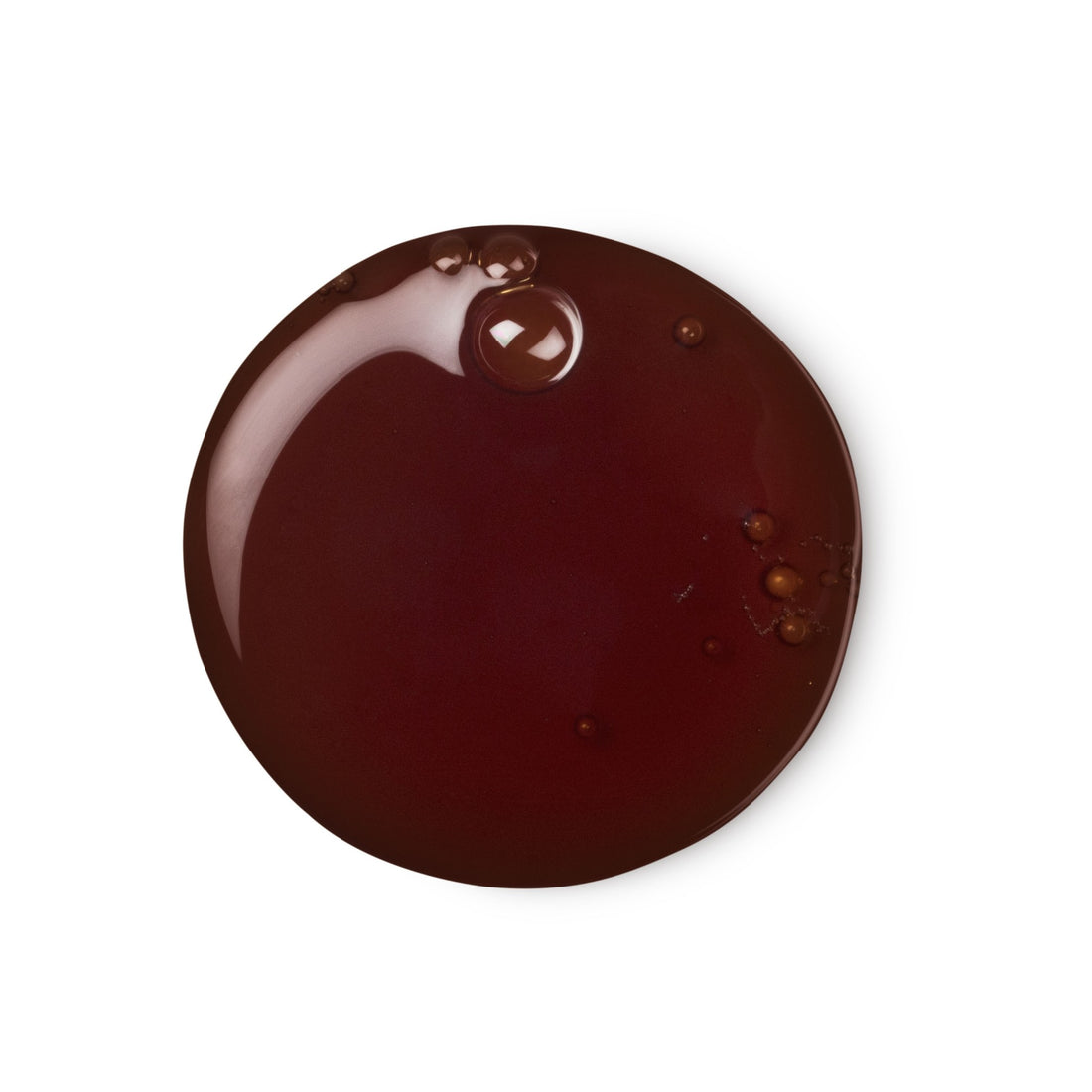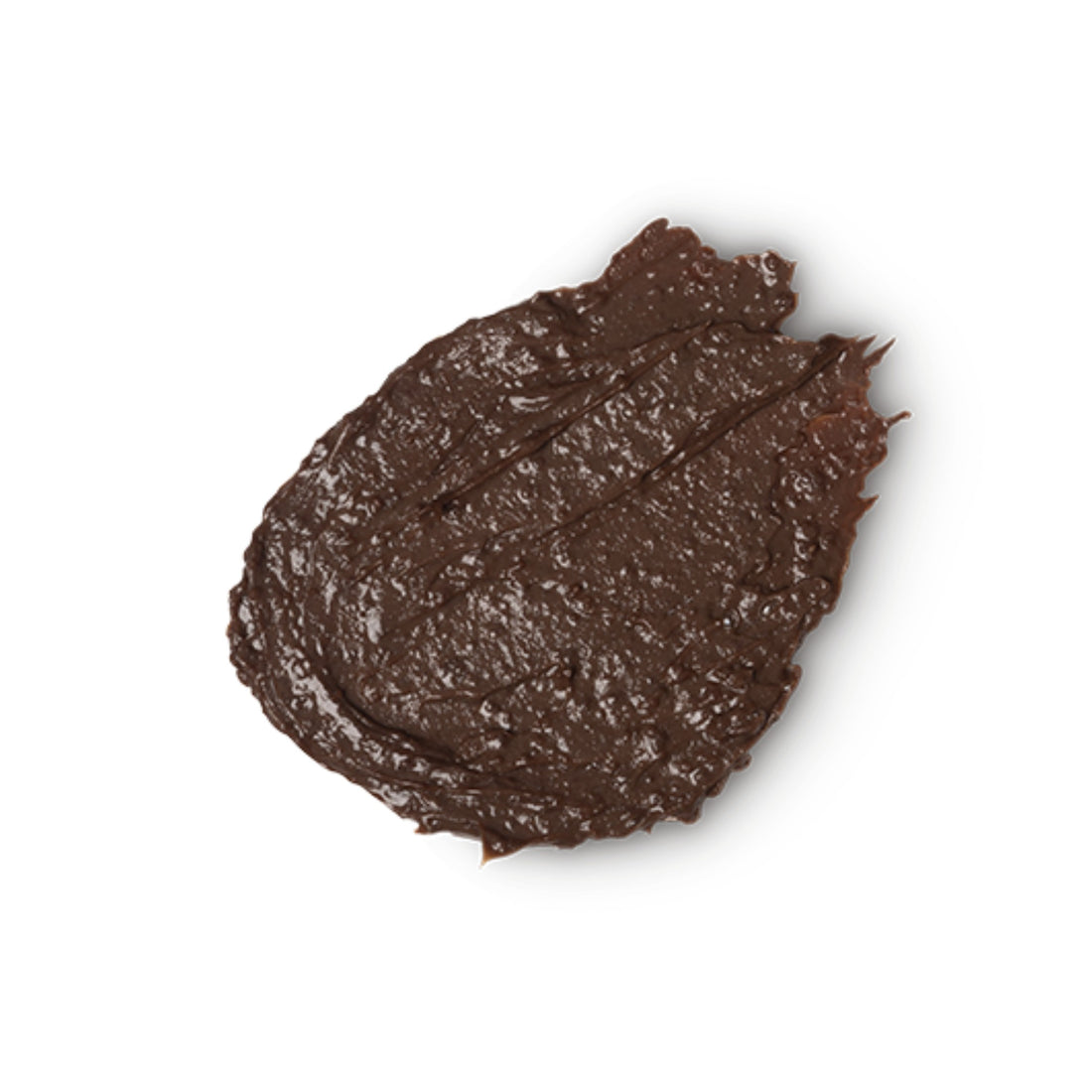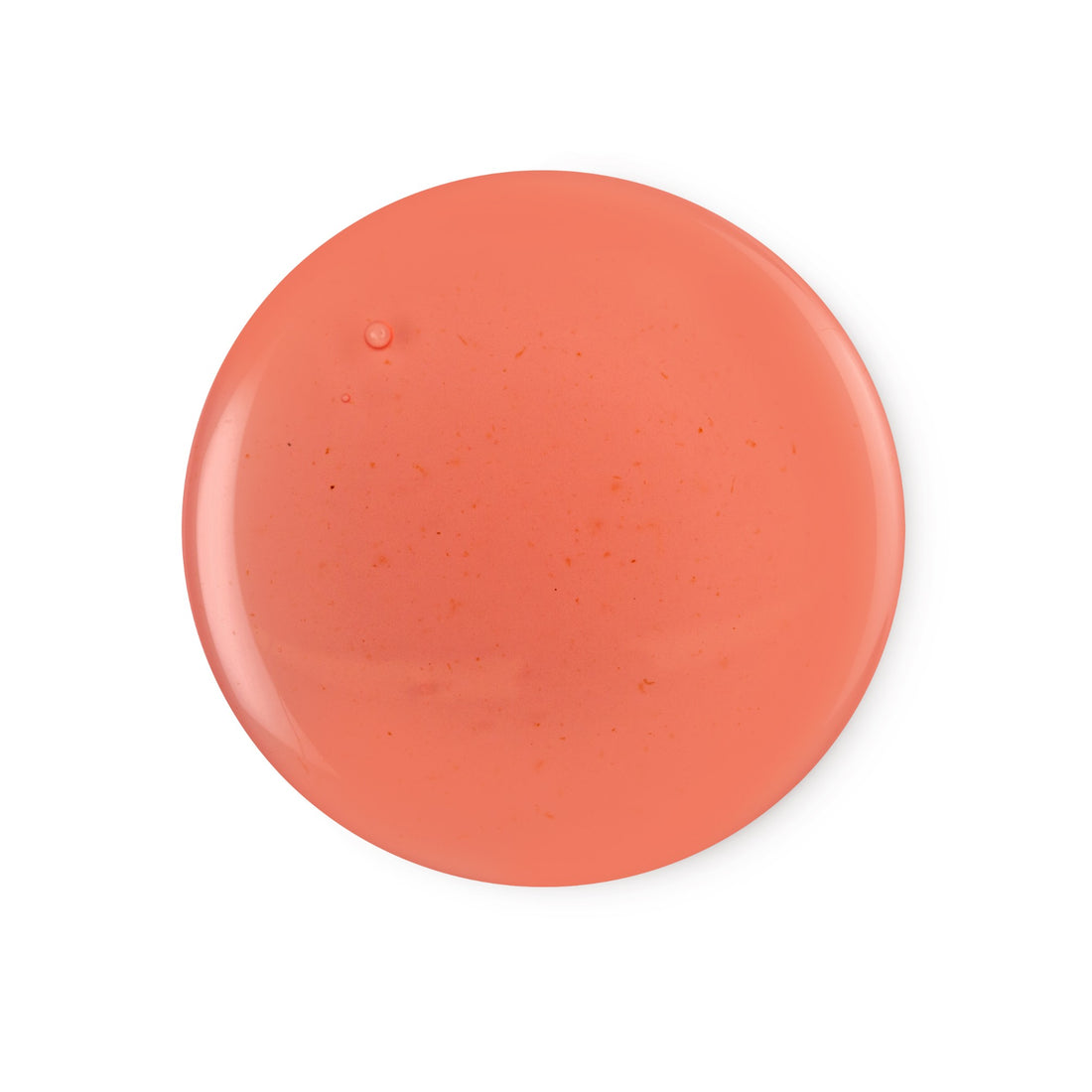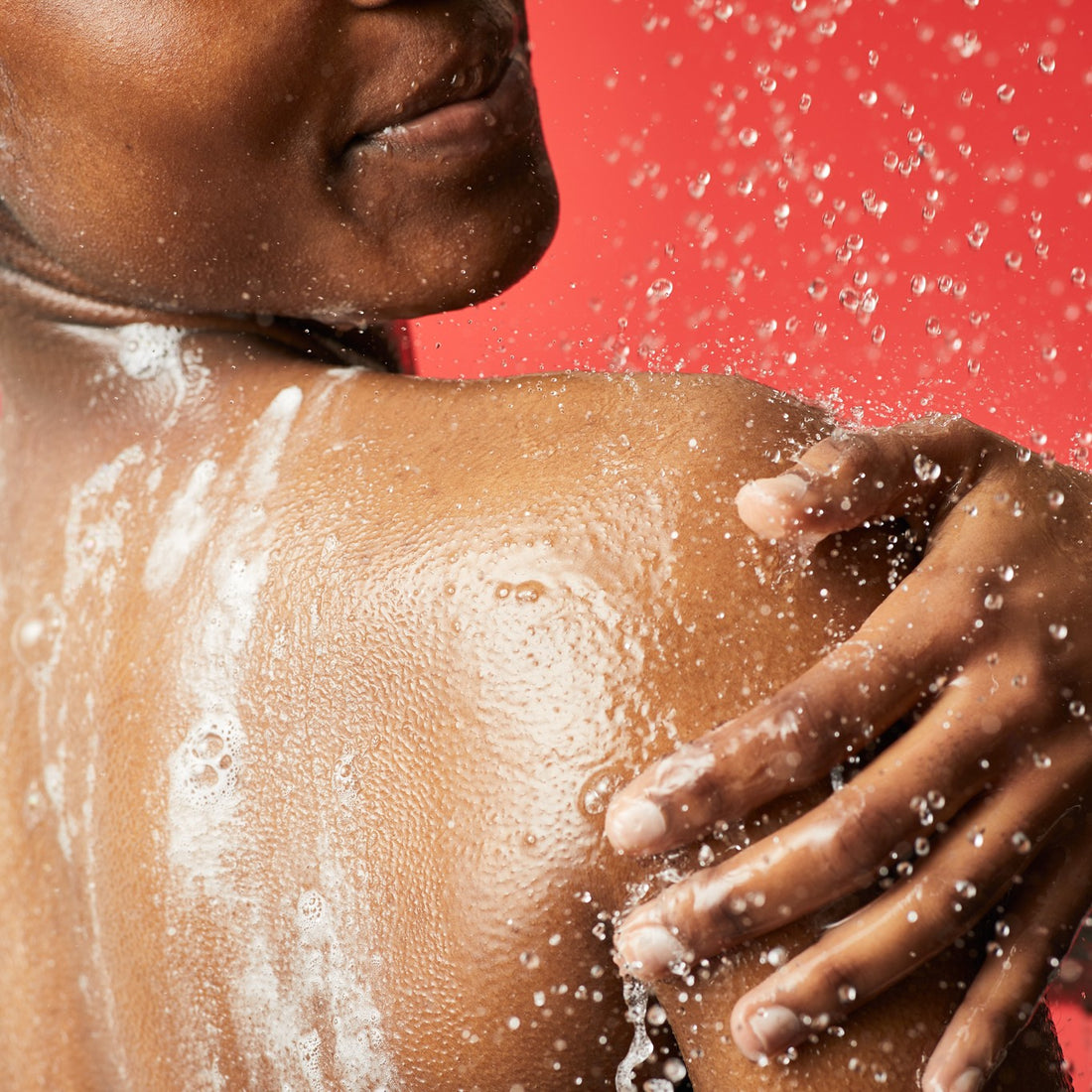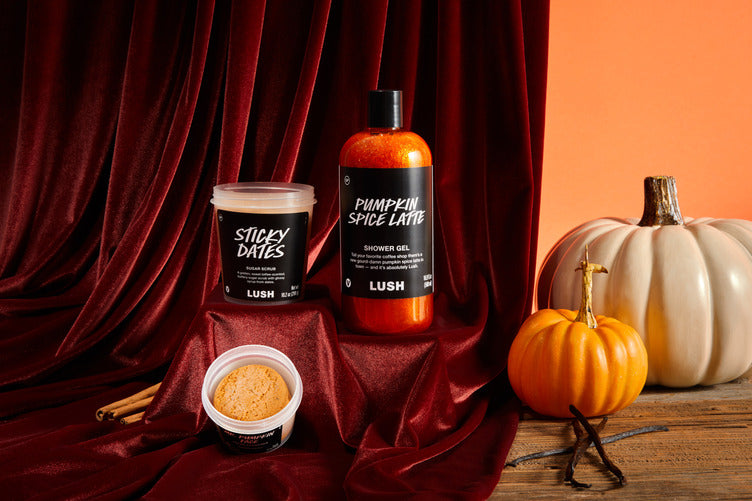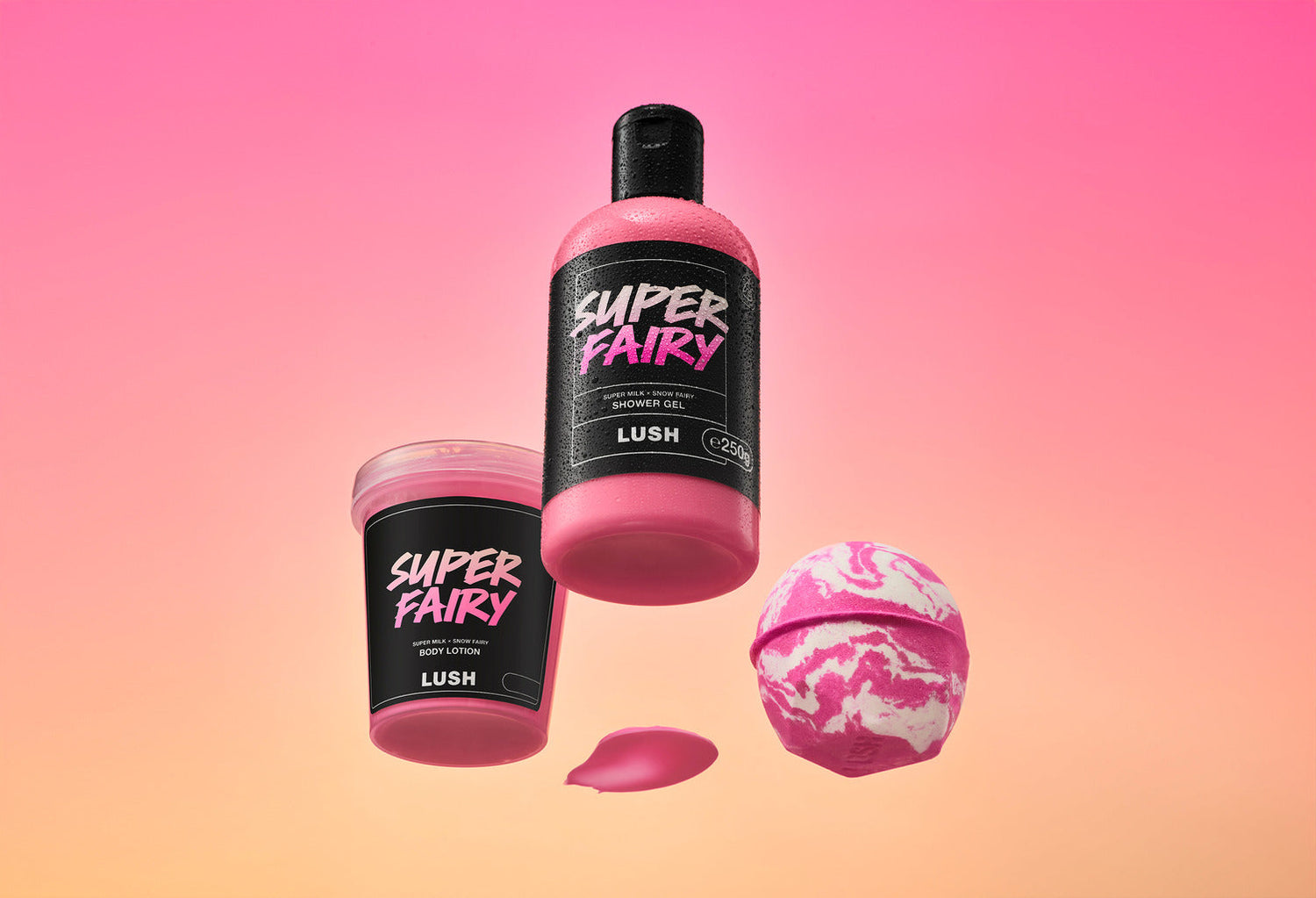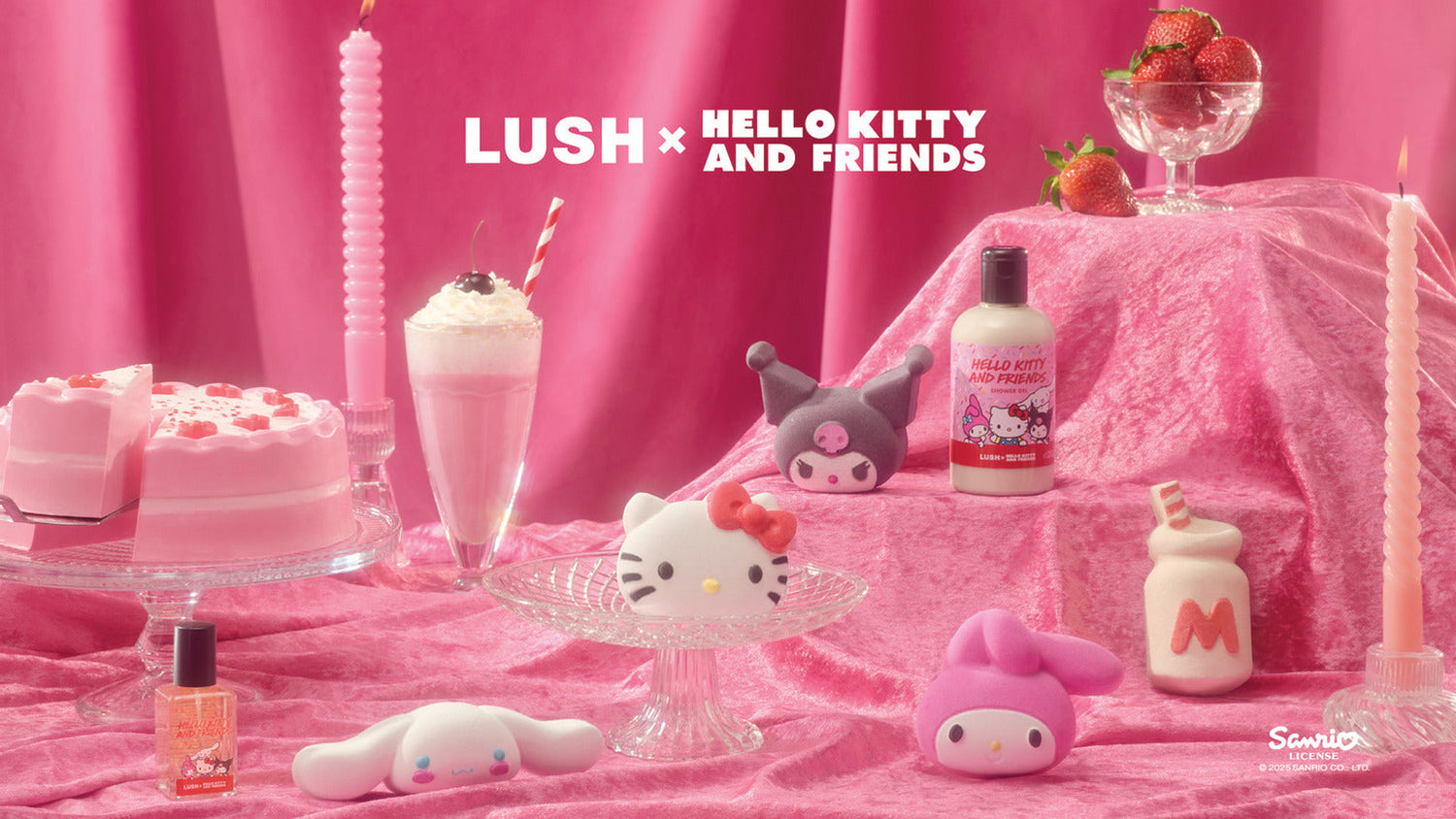Sourcing ingredients is far more complex than it has ever been, and this is especially the case when it comes to essential oils...
The demand for fragrant products is higher than ever; they’re used in everything from washing-up liquid to eau de toilette, which means demand can very often be higher than supply.
Take vanilla, you’ll find it in every scent and flavour range you see, but as a natural product there is only a limited amount of the sweet stuff, even more so if you want to ensure the product is high-quality, fairly traded and environmentally sound.
This dilemma is one that many businesses face, and one that there are only a few solutions to. Companies that want to do right by the communities that supply them, the environment and their consumer have only two options:
1. Invest time and resources in a dedicated buying strategy to ensure every step of the supply chain is transparent and functioning as it should.
2. Where it isn’t possible to source an ingredient safely or ethically, invest in quality safe synthetics, or adapt products to reduce reliance on the ingredient.
The following profiles give an overview of the challenges, complications, and intricacies involved in sourcing the fragrant ingredients that go into the perfumes and products you know and love.
Damask rose
Rose oil is used in perfumery for its alluring effects, and in skincare to calm and soothe. As its name suggests, the Damask rose originated in Syria, but now its heartland is nestled among the mountains in southern Turkey. The largest growing region for Rosa damascena, it’s closely rivalled by the Bulgarian growers of Kazanlak, the valley of the roses.
In Turkey, the rose industry relies on migrant labour. Traditionally, Roma families arrive every year to hand-pick the rose blooms. In recent years, the Roma have been joined by Syrians able to cross the border.
Discover the story of our rose oil supplier here.
Sandalwood
Sandalwood has been coveted for millennia, used in rituals and preparations across much of Asia where it’s burnt for incense. It also finds its way into consumer products, such as fragrance, cosmetics, and flavourings.
The sandalwood tree is special in that it only grows parasitically, latching onto the roots of several different plants as it grows. Usually a tree in the wild needs around 25 years to develop the valuable heartwood in its trunk.
There are two main types of sandalwood: Australian and Indian. Unfortunately, natural stocks of both have begun to dwindle, and sandalwood-growing schemes in India are few and far between. Its rarity, combined with is value, means sandalwood often brings with it smuggling, illegality and even financial skulduggery. Finding a reliable, sustainable source can be difficult and needs diligence and care.
To find out more on sandalwood's plight and how we source it, check out this article on the subject.
Oudh
The Aquilaria sinensis tree gave Hong Kong its name; it translates as ‘fragrant harbour’ and yet, despite huge wealth, the last vestige of this heritage is under threat from a global appetite for oudh.
Oudh grows in the wounds of the Aquilaria tree (also known as agarwood). The trees would naturally be scarred by bears and tiger claws, and the subsequent rot when harvested and burned, gave an irresistible allure.
Distilled into essential oil, it is one of the most expensive materials in perfumery. The mysterious and woody scent has been popular in the Middle East for centuries; now its popularity in Western perfumes is driving the few remaining wild trees to extinction. Growing across Southeast Asia, new plantations are struggling to keep up with the demand for this fragrant fungus.
Frankincense
The Boswellia carterii trees are some of the toughest on earth. Growing in regions synonymous with hardship, such as: Ethiopia, Somalia, Yemen, this is the heartland of one of the oldest aromatic ingredients in history.
Despite the difficulty these trees endure, they provide a lifeline for many. A simple wounding of the bark allows the tree to weep. It forms tears of golden resin, which are collected and sold at market as frankincense.
From here they are used as incense or distilled for oil for the perfume market. Pressures on the market for these tears can encourage the overharvesting of the resin, so careful measures have to be taken to ensure the long-term health of the tree and the people who it supports. Not easy when wars and droughts are a regular occurrence.
Tonka
The tonka bean smells sweet and spicy, and is often used alongside vanilla to create dessert-sweet product combinations and flavourings; but don’t eat too much! The United States restricts use of the tonka bean in food because it contains a high concentration of coumarin and could potentially react with other medications. But don’t worry, at least 30 tonka beans would need to be consumed to approach toxic levels.
The bean grows deep in the Brazilian Amazon where it is collected by the Kayapo, indigenous people for whom the beans provide both an income and a reason to look after the precious trees they come from.
Read more of their story here.
Geranium
Some people may think that growing essential oils is a luxury and instead we should use the land for food. At first sight that seems a valid insight. But scratch (or sniff) a little closer and you may stumble across communities where the reverse is true. In the shadow of Mount Kenya farmers, recruited by large European supermarkets to grow vegetables, are left high and dry.
Empty promises and volatile markets mean that piles of cabbages, carrots and potatoes often go to waste when the market moves or crashes. Instead, the innocuous green foliage of geranium can offer some help. Happily growing between the food crops, it deters pests, requires little water or daily care, and can provide a safety net of income to those farmers exposed to market forces.
Vanilla
Vanilla. It’s in ice cream, perfume, car air fresheners and candles. It’s so common a flavour it’s come to mean boring, everyday, and unadventurous, but the truth behind the bean is far from it. In Uganda, the world’s sweet tooth is leaving farmers with a bitter taste.
Fair Trade farmers cultivating the precious beans have woken to find crops stolen straight from the vines. Some have been caught up in violence with reports even of murder as a result. This highly coveted spice is experiencing a market peak with the value of beans increasing for a number of reasons, not least changing weather patterns.
The world’s craving for the sweet spice is insatiable, requiring up to 3,000 tonnes a year. But the process of growing and preparing vanilla for use in products is long and arduous, taking around five years per crop. With such high demand, many are eager to cut corners, or worse, commit crime to get their hands on the valuable product.
Rosewood
From furniture to fragrances, the rainforest hardwood that is used as widely as violin production and kitchen worktops, may be on its way out. CITES (the international body for protecting endangered species) requires at the very least close regulation on rosewood, and in some instances a complete ban on trade.
That doesn’t stop some essential oil companies getting up to tricks. In 2017 Young Living a multinational essential oil brand, came clean and admitted to trading in illegally harvested rosewood essential oil and were fined accordingly.
But this doesn’t solve the problem, in fact rosewood is kinder in that regard. It can be coppiced, meaning when cut, branches will grow back healthily. Modern producers can distill oil just from the branches of the tree, allowing for oil for the future, as well as the here and now.
Ylang ylang
Ylang ylang is famed for its long-lasting effect and deep floral qualities in perfumery. But getting the best oil isn’t easy. There are purported to be many grades of ylang oils. These range from the highest: ‘extra grade’, to the lowest: ‘grade III’. In truth, there is very little extra grade ylang ylang on the market, and as such, it may well be the most adulterated oil in perfumery. This could be by companies using lower grades of oil, cananga oil (a cheaper alternative), or if the rumours are true, even using antifreeze.
Originally from Indonesia, the Cananga odorata tree finds its home in Madagascar and the Comoros islands, which have become the heart of this essential oil industry. In the Comoros the industry could be helping fuel its own demise through deforestation for firing the rudimentary ‘bush stills’; basic homemade distillers using local hardwood as fuel.
Deforestation is an issue too as land is cleared for ylang trees to be planted and finding a harmonious solution to this is proving difficult.
The story of how we source ylang ylang sustainably can be found here.
Vanillin
No not vanilla but vanillin. With vanilla being so scarce, alternatives can be found to use as replacements. If you produce vanilla right, cure it in the sun for weeks, and tend to it like a newborn, you may just be lucky enough to see pure white vanillin crystals appear on the skin of the bean. Frosted with sweet smelling vanillin, this shows a vanilla is of high quality.
However, vanillin can be produced without vanilla, from natural sources and synthetic ones. Some even use the pulp from trees to convert into vanillin, which may be why a library has a slight smell of ice cream as you flick through the worn pages of a book. Either way, vanillin is a big industry in its own right and plays a valuable part if producing inexpensive notes of vanilla for flavours and perfumes.
Methyl ionone
Sometime nature beats even the brightest perfumer, and in terms of violets, nature still has the upper hand. The sweet scent of violets can’t be captured any other way, and Alpha-isomethyl ionone (or Methyl ionone) is the chemical that smells closest to it. It is a colourless fragrance material with a powdery, woody and floral scent, very similar to violet and orris.
Alpha-isomethyl ionone is a safe synthetic compound used a lot in cosmetics and fragrances to reproduce the smell of violets, with a sweet and powdery touch. Ionones were discovered by Tiemann in 1893, changing the face of perfumery by giving an alternative to very rare, unaffordable, or volatile flower oils. They are now used in different forms, with Alpha-isomethyl in many fragrances – from detergents to duty free.
Synthetic musk
Sex glands may not be the obvious choice for fragrance, but through history they were used regularly. The glands were cruelly extracted from dead musk deers’ bottoms for their uniquely scented results. Thankfully, technology caught up, and now commonly used musks are almost exclusively produced in the lab.
But as always it doesn’t end there, some synthetic musks have been proven to damage the environment through bioaccumulation in rivers and lakes.
Lush carefully selects synthetics to ensure they are safe for use and don’t have a negative impact on ecosystems, animals, or humans.





